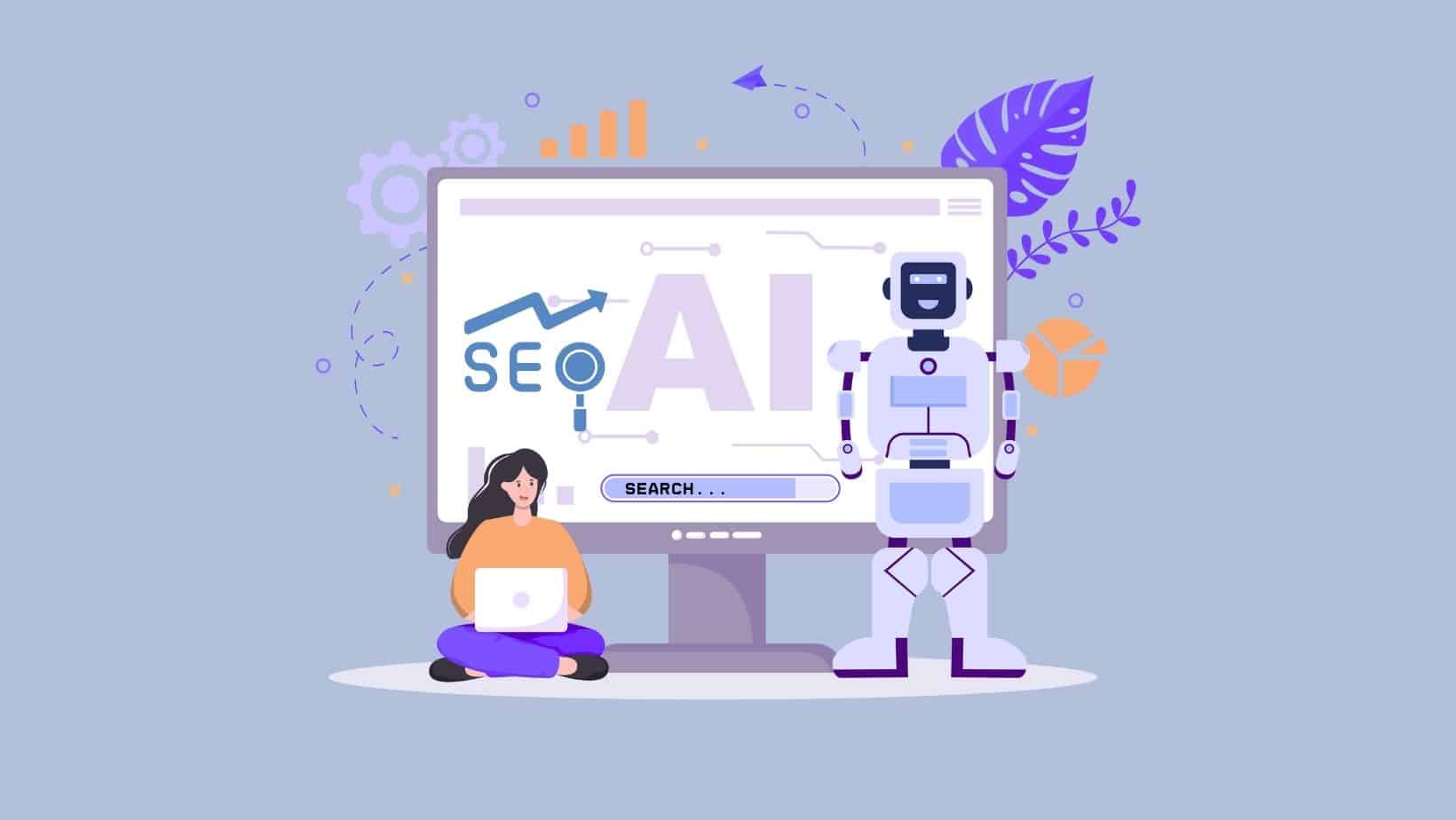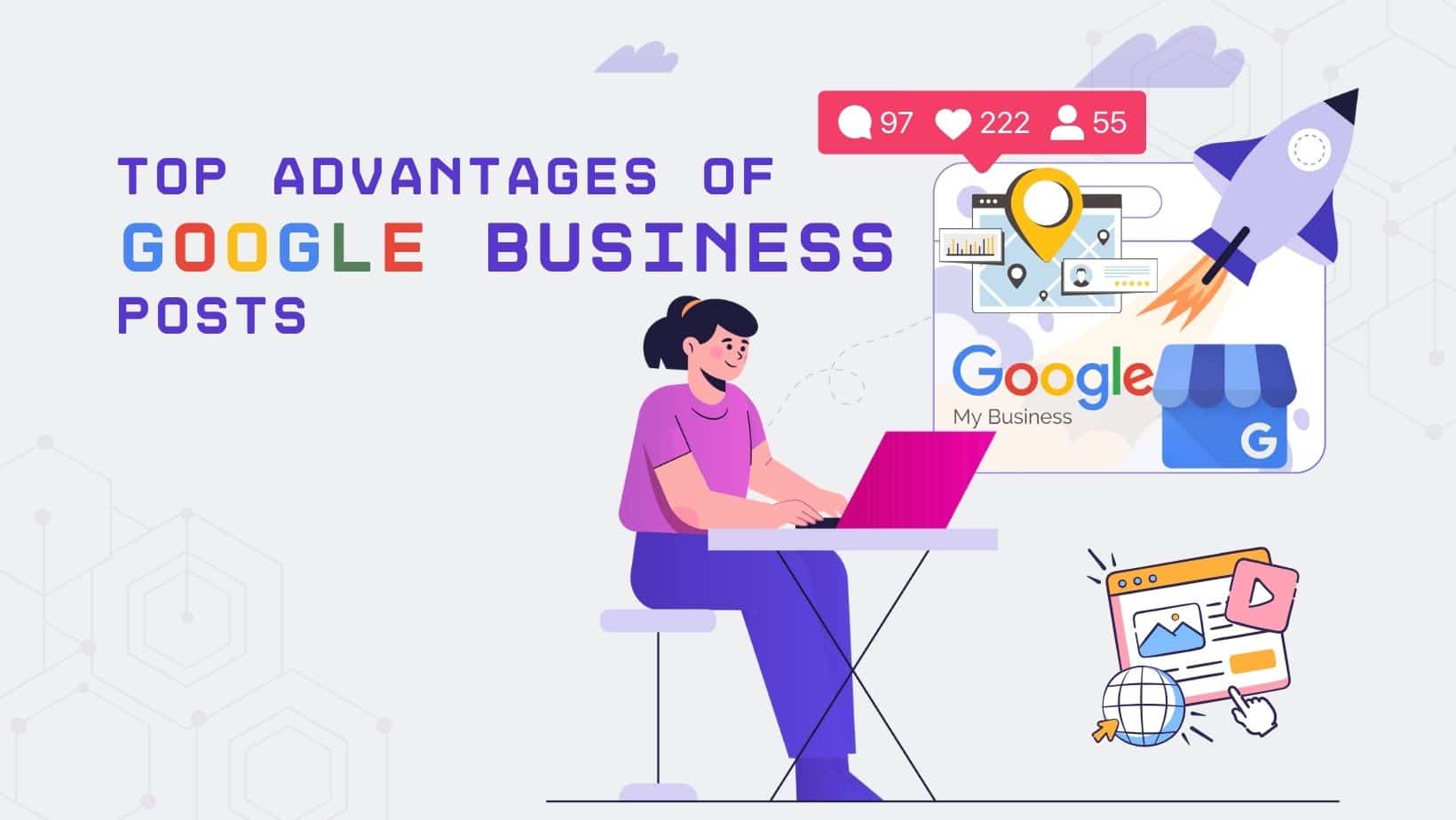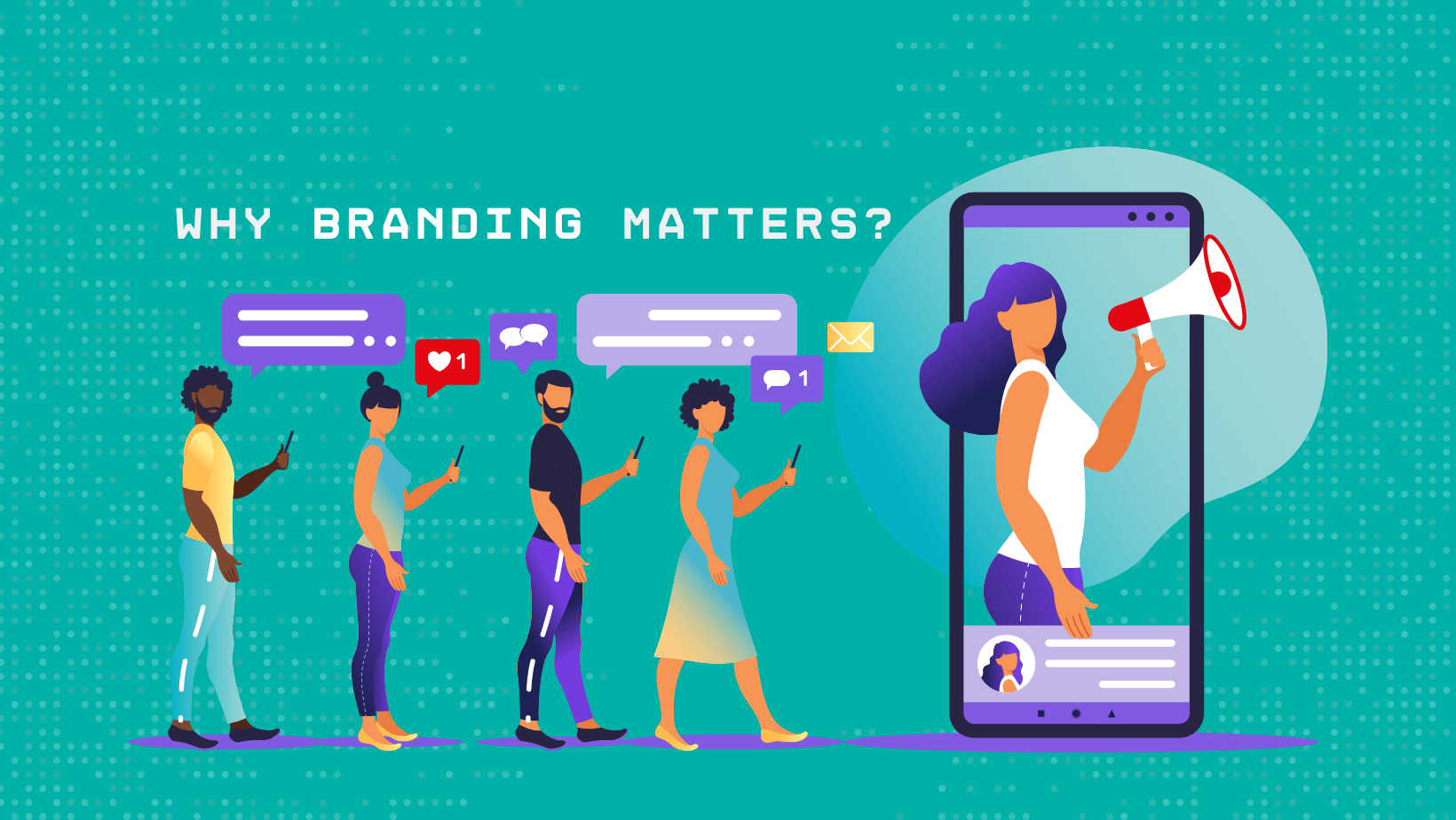A website is accessible when designed so that everyone, including people with disabilities, can use it easily and conveniently.
Of course, ensuring your website is inclusive to everyone is the right thing to do. After all, the whole point of having a website is to showcase what you do to as many people as you can.
Surprisingly, accessibility is an aspect of a website’s design that’s usually given the least consideration, judging from the millions of websites that aren’t accessible. But this shouldn’t be the case.
If your website is inaccessible, you’re digitally and financially at a disadvantage, as you’ll soon see.
This article will highlight ten reasons why you should consider making your website accessible from today.

1. It is a moral responsibility
As website owners, it’s a moral obligation to ensure your site is accessible and inclusive to all manner of people, regardless of their age, status, ability, or disability.
In today’s world, life without the internet isn’t an option for most people. The web has proven to be a hive of resources, information, and opportunities, so easily obtainable that we now take it for granted.
As such, access to the web has become a basic necessity.
Meanwhile, several millions of people worldwide are experiencing some form of disability that makes accessing the web a challenge. Due to most site owners’ negligence, these people find it hard to access what matters to them on the web. And that’s not fair.
It is your duty as site owners to go the extra mile in ensuring they can participate actively in the digital space. By being compassionate enough to effect some tweaks on your site, making it accessible, you’re making their lives a whole lot easier. And that’s morally commendable.
2. Reach More People
In the United States alone, nearly 26% of the population (1 in 4 adults) live with some form of disability. And from a global perspective, up to 37.5% of the world’s population live with disabilities. From simple calculations, we’re looking at roughly 2 billion people of approximately 8 billion people on earth.
By all means, excluding this significant majority of people with an inaccessible website wouldn’t be beneficial for any business. Of course, the more people you’re able to reach, the better you’re likely to achieve your business goals.
Considering there are many inaccessible sites on the web, this presents an untapped gold mine of opportunity.
Without a doubt, making your website easy to use and navigable for this select category would expand your reach to more people. And that might be what makes all the difference for your company.
3. Be on the right side of the law
In some countries, web accessibility laws and policies are in effect. There is the Canada Human Rights Act, China’s Voluntary Web Accessibility Standard, the American’s with Disabilities Act (ADA), and the European Union Web & Mobile Accessibility Directive, to name a few.
Still, more and more policies and laws are being proposed and implemented to enforce equal rights and opportunities for people regardless of their living conditions.
As the law increasingly demands accessibility, you want to ensure you’re on the right side of the law.
4. Stay out of legal trouble
There have been many federally filed cases regarding accessibility in the US as more and more citizens with disabilities are beginning to recognize their rights. And these cases are expected to rise.
When you think about it, it makes much sense as several websites still aren’t accessible.
A recent study by WebAIM revealed that 98.1% of the top 1,000,000 websites fail to meet WCAG 2.0 web accessibility standards.
If you’re looking to avoid the time, effort, and monetary expense of fending off a lawsuit, then making your website accessible should be a priority.
5. It helps with SEO
An accessible website must meet the standards listed in the WCAG guidelines, at least for the most part. And perhaps by chance, most of the must-have features in the guideline overlap with SEO best practices for optimal search rankings.
Let’s quickly look at some of these correlations.
Good Structure of Headings in Content: There are various heading levels from H1 (highest) down to H6 (lowest). These headings, when used correctly, give semantic meaning to a web page’s content.
Visually impaired people use assistive web technologies like screen readers to navigate a webpage and understand its content. Using headings appropriately makes it easier for them to understand the content on your page properly. Anything otherwise, and you could leave people confused and frustrated, making your site ultimately inaccessible.
As an SEO best practice, proper page structure using the right headings helps search engine bots crawl your page effectively. And that could help you snag the glorious featured snippets (the preview of answers you see on Google’s first page).
Descriptive Alt-text for Images: Descriptive alt text is one of the most basic and essential accessibility requirements. An alternative text describes the image on a website in words.
People with visual impairment rely on assistive technologies to read aloud this text to understand an image’s context.
Also, search engine bots use the alt-text to read images on a site. If you want your website to rank high in Google image search results, you need the alt text describing what the image is all about.
Anchor text for Links: Anchor texts let readers know what to expect when they click on an external/internal link within a web page. Screen readers read aloud this link description to help visually impaired people know what the linked page contains.
Using generic text like “click here” doesn’t help matter as it doesn’t provide context to the page being linked to.
Search engine bots usually rely on anchor text to determine the context of these linked pages. And google has listed this as an essential ranking factor.
Sitemaps: Sitemaps are must-haves for accessible websites as it highlights the several pages of a website and their relationship. Screen readers rely on them to navigate and more easily find other important information on the site.
Search engines need these sitemaps to crawl and index your website correctly. If search engines can discover your site’s pages quickly, then it becomes easier to rank.
Audio and Video Transcripts: Providing video and audio transcripts is good practice for accessibility. These transcripts help people with visual or hearing impairment understand the content in audio or videos. It is also great for search engines as search engines cannot play media but can understand its content through transcripts.
If search engines can understand a video or audio’s content through transcripts, it could be shown in the search results.
6. Improved user experience for everyone
The benefit of making your website accessible goes beyond ensuring people with disabilities can use it.
An accessible website comes with features that make interaction with your website pleasing and satisfactory for all manner of people, even when used under less ideal conditions.
For instance, video captions on a website help users with hearing difficulties and users who can’t listen due to external factors like a noisy environment. Also, making your website’s text legible and readable aids users with visual challenges and even users outside under bright lights.
An accessible website not only solves for users with disabilities but is inclusive to all manners of people, regardless of where they use it.
7. An accessible website is a competitive advantage.
Perhaps you’ve been indifferent about making your site accessible, which means no plans on fixing it. But what if that indifference is costing you money. Will you do something about it?
A report by the American Institutes for Research on the purchasing power of adults living with a disability shows that their disposable income is close to $500 billion. Now, if your site isn’t accessible, you’re leaving some serious money on the table.
People, regardless of their living conditions, should be allowed to pay for products or services they need. Without an easy-to-use and inclusive website, they’ll find it challenging.
And if shoppers with disabilities find your site frustrating, they’ll click away and take their money with them.
If you have an accessible website, you can reach more of your audience and increase market share, which gives you an edge over your competitors.
8. Avoid Negative PR
Now, more than ever, the internet has given us a platform to lend our voice on critical matters. People are becoming increasingly aware of their rights and are speaking up.
By not making your website accessible, you’re depriving people of access to digital information and opportunities.
If people recognize you’re hurting their chances of access to useful resources, your company’s reputation could be called into question. And the PR consequences could be disastrous.
9. Better usability on mobile devices
There has been a significant shift in the way we use the web. We now frequently use our mobile devices to access the web. Reports have shown that mobile web traffic accounts for nearly 53% of web traffic globally.
An accessible site, as listed in the WCAG 2.0 guidelines, should be robust.
If a website is robust, it can work well on all kinds of devices used to access the web, including mobile devices.
By making your website conform to the standards of accessibility, you’re ensuring that people accessing your site through their preferred means can do so without any difficulty.
As several people are accessing the web via mobile, an accessible website improves their experience.
10. Accessibility improves website quality
A website that people can easily interact and navigate speaks well to its quality. As such, an accessible website is ultimately bound to be of good quality.
Making your website accessible involves adding several features that improve users’ convenience. Some of them are;
- Using proper image descriptions (alt-text)
- Structuring headings appropriately
- Labelling web forms
- Using descriptive links
- Adding sitemaps to easily make your site navigable
- Adding transcripts for audios and videos
- Presenting content in an easily readable and understandable format
- Using title tags
- And many more
These features enforce a website’s quality by making it perceivable, operable, understandable, and robust.
And what better way to create a good, lasting impression with your website than a perception of quality.
Conclusion
If you’ve never had a single reason to make your website accessible, you now have TEN reasons why you should.
Accessibility is a necessity for healthy businesses looking to grow by maximizing their presence in the digital space. So, ensuring your website’s accessibility should be a priority.
Although making your website conform to accessibility standards will require time and money investments. But in the end, it’ll all be worth it.





